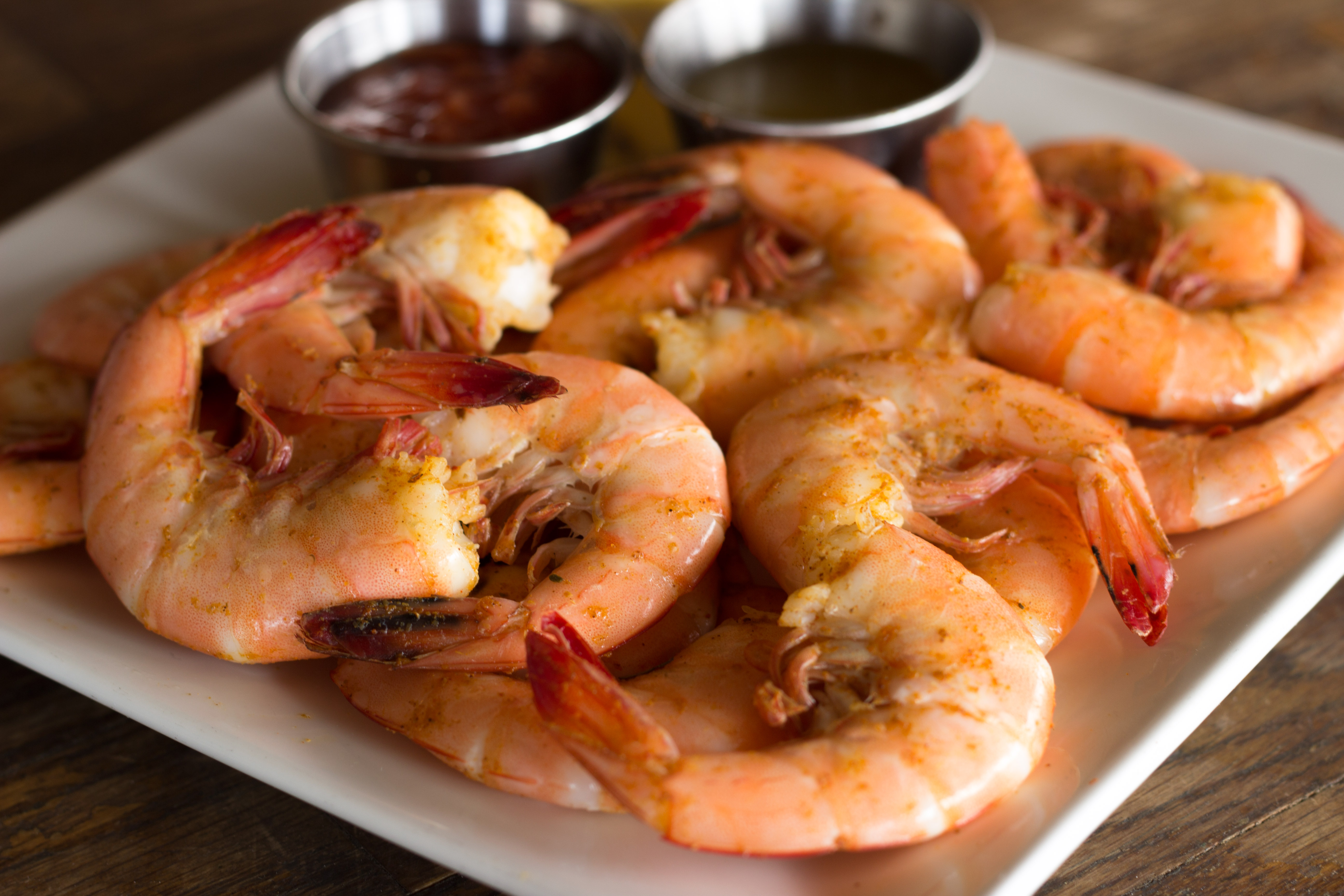Listen up seafood lovers! If you’ve ever wondered whether those delicious little crustaceans are gonna play nice with your digestive system you’re in the right place. I’m gonna break down everything you need to know about shrimp digestibility in simple terms.
Quick Answer
Yes shrimp is generally easy to digest for most people! It’s got a soft texture and simple protein structure that our bodies can break down pretty efficiently. But (there’s always a but) individual experiences may vary depending on how it’s prepared and your personal digestive system.
Why Shrimp is Usually Easy on Your Stomach
The Good Stuff About Shrimp
- Low in fat (makes digestion smoother)
- High-quality protein that’s easier to break down than red meat
- Soft texture that doesn’t require much work from your digestive system
- Quick cooking time means less added fats needed in preparation
Nutritional Breakdown
Here’s what you’re getting in a 3-ounce serving
| Nutrient | Amount |
|---|---|
| Protein | ~20g |
| Fat | Minimal |
| Calories | Low |
| Essential nutrients | Vitamin B12, Iron, Selenium |
Factors That Affect Shrimp Digestibility
Cooking Methods Matter!
We’ve found that some cooking methods are better for digestion than others:
-
Best Methods:
- Steaming
- Boiling
- Grilling
- Poaching
-
More Challenging Methods:
- Deep frying
- Heavy cream sauces
- Spicy preparations
Your Personal Factors
Everyone’s different! Here’s what might affect how you digest shrimp:
- Age
- Overall digestive health
- Existing medical conditions
- Food allergies or sensitivities
- How fast you eat (slow down, friend!)
Tips for Better Shrimp Digestion
-
Chew Thoroughly
- Take your time
- Smaller bites help
- Don’t rush your meal
-
Smart Preparation
- Remove the digestive tract (that dark line)
- Clean thoroughly
- Don’t overcook
-
Perfect Pairings
- Light vegetables
- Simple grains like rice
- Avoid heavy, creamy sauces
When Shrimp Might Not Be So Easy to Digest
Watch Out If You Have:
- Shellfish allergies (obvious, but worth mentioning!)
- IBS or sensitive stomach
- GERD
- Recent digestive issues
Signs That Shrimp Isn’t Agreeing With You
Keep an eye out for:
- Bloating
- Gas
- Stomach discomfort
- Nausea
- Digestive issues
Pro Tips from Our Kitchen to Yours
-
Start Small
- Try a small portion first
- See how your body reacts
- Gradually increase if all goes well
-
Timing Matters
- Don’t eat right before bed
- Space out your meals
- Stay hydrated!
-
Quality Counts
- Fresh is best
- Know your source
- Proper storage is key
The Bottom Line
Shrimp is typically one of the easier proteins to digest, especially when prepared properly. But everyone’s different, and what works for me might not work for you. Listen to your body and adjust accordingly!
FAQs About Shrimp Digestion
Q: How long does it take to digest shrimp?
A: Usually between 30 minutes to 2 hours, depending on preparation method and individual factors.
Q: Can I eat shrimp if I have acid reflux?
A: Maybe! Stick to simple preparations without spicy or acidic sauces, and see how your body responds.
Q: Is it okay to eat shrimp every day?
A: While it’s safe for most people, we recommend varying your protein sources for a balanced diet.
Remember, y’all – the key to enjoying shrimp (or any food) is paying attention to how your body responds and making adjustments that work for YOU. Happy eating!
Note: If you experience severe reactions after eating shrimp, please consult with your healthcare provider. This article is meant for general information only and isn’t medical advice.
Would you like me to explain anything in more detail? I’m happy to dive deeper into any specific aspect of shrimp digestion that interests you!

Is Cholesterol a Problem?
A lot of people worry about the cholesterol in shrimp. Four large shrimp have about 14% of your total daily cholesterol needs. But in 2015, U.S. health officials rewrote dietary guidelines and removed their suggestion to avoid dietary cholesterol. The guidelines now say that for most Americans, cholesterol levels in your blood arent linked to the amount of cholesterol in food.

How to Cook With Shrimp
You can eat shrimp steamed, boiled, barbecued, fried, sautéed, poached, or baked. Many sushi dishes have shrimp in them, raw or cooked. You can add shrimp to many dishes and pair them with all sorts of ingredients. Shrimp go great with citrus, herbs, tomatoes, chiles, corn, beans, bacon, and garlic.

